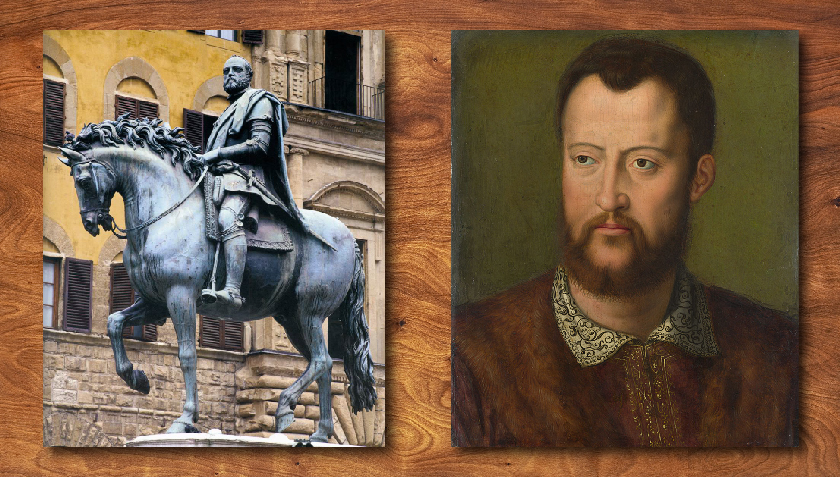
ประติมากรรมรูปโคสิโมที่ 1 ขี่ม้าโดยเจียมโบโลญ่า: ความพิเศษ ภาพแห่งอำนาจ และรายละเอียดทางศิลปะ
Equestrian Monument of Cosimo I by Giambologna: Originality, Projection of Power and Artistic Details
โดย ดร. กิตสิรินทร์ กิติสกล / By Dr. Kitsirin Kitisakon
Damrong Journal, Vol 16, No.2, 2017
บทคัดย่อ:
บทความนี้ศึกษางานประติมากรรมสำริดรูปโคสิโมที่ 1 ขี่ม้าโดยประติมากรชาวเฟลมิช เจียมโบโลญ่า สร้างในระหว่างปี ค.ศ. 1587 - 1594 ปัจจุบันยังคงอยู่ที่จัตุรัสแห่งซิญอเรีย เมืองฟลอเรนซ์ ประเทศอิตาลี เป็นการศึกษาเพื่อมุ่งหาแง่มุมที่น่าสนใจของตัวงานอันอาจถูกมองข้ามไป ผู้เขียนวิเคราะห์งานศิลปะชิ้นนี้ภายใต้กรอบแบบทางการของตัวงานซึ่งเป็นภาพเหมือนทางการของผู้นำ ประเด็นที่วิพากษ์มี 3 ประเด็น ประเด็นแรกคือความเฉพาะตัวของงาน ซึ่งเป็นการนำเสนอรูปผู้ปกครองในแบบใหม่ที่ตรงไปตรงมาในปลายคริสต์ศตวรรษที่ 16 ในขณะที่ก่อนนั้นรูปผู้ปกครองมีการนำเสนอเชิงสัญลักษณ์ และประติมากรรมชิ้นนี้เป็นเหมือนผลพวงจากงานรูปคนขี่ม้าก่อนหน้าที่สร้างในยุคโรมันโบราณและในสมัยฟื้นฟูศิลปวิทยาการ ประเด็นต่อมาเน้นอำนาจของตัวแบบที่งานถ่ายทอดออกมาให้เห็นผ่านท่าทางของโคสิโมและม้า ความเสถียรและกลมกลืนของทั้งคู่ และเรื่องราวของช่วงเวลาอันทรงเกียรติของโคสิโมที่ปรากฏบนงานนูนต่ำบนฐานของประติมากรรม ประเด็นสุดท้ายมุ่งเจาะรายละเอียดทางศิลปะ โดยศึกษาตัวแบบทั้งทางด้านรูปลักษณ์และชุดแต่งกายพร้อมการเปรียบเทียบกับงานศิลปะชิ้นอื่น และศึกษากายวิภาคของม้าที่มีความสมจริงอย่างยิ่ง
ABSTRACT:
This article aims to study the bronze equestrian monument of Cosimo I by the Flemish sculptor Giambologna, made between 1587 and 1594, which still stands in Piazza Della Signoria, Florence, Italy. In addition to considering some interesting angles that may have been overlooked, the author analyzed this artwork within the conventional context of an official portrait. Three issues are explored here. The first one concerns the sculpture's originality for this is a direct image of a sovereign at the end of the 16th century, while other sculptures during this time period represented the subject in a symbolic way. Furthermore, this is a striking example of earlier models of equestrian monuments cast in the Roman period and during the Renaissance. The second issue emphasizes the power, projecting from the monument through the attitudes of Cosimo and the horse, its stability and harmony, and the story of Cosimo's glorious moments narrated in bas-reliefs on the base. The last point deals with some remarkable artistic details in the human figure, especially Cosimo's features and armor that are comparable to other artworks, and the animal's realistic anatomy.











